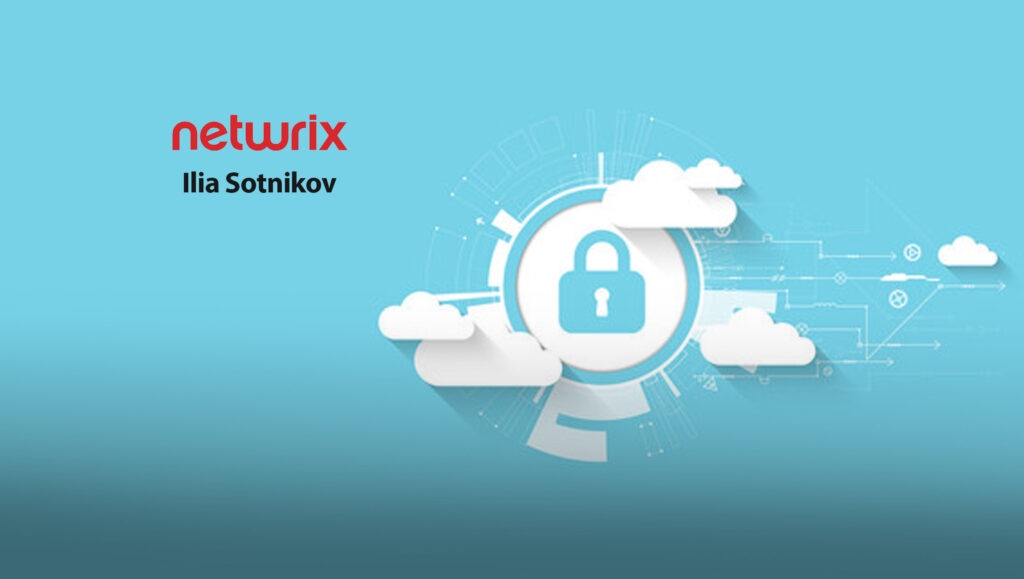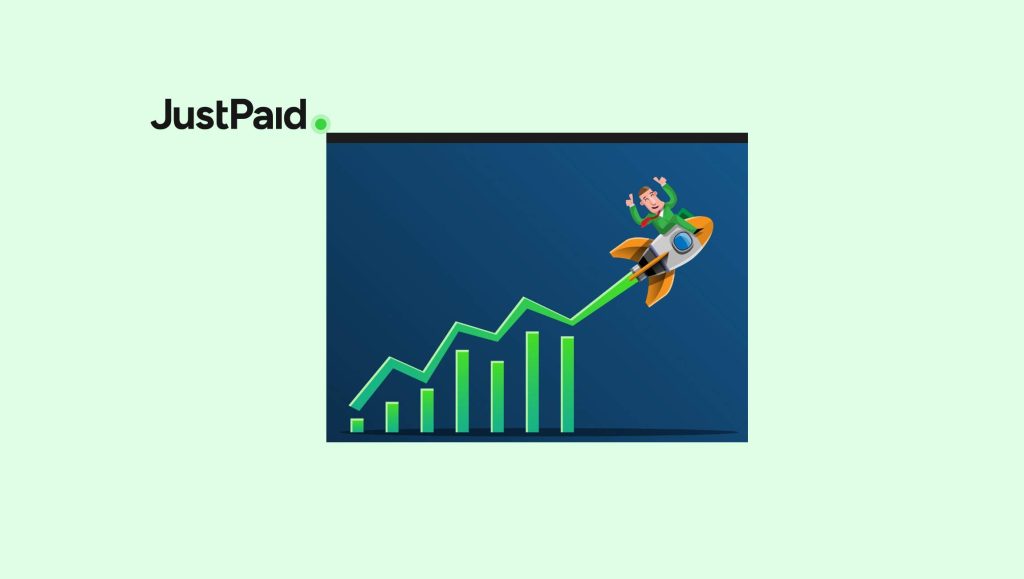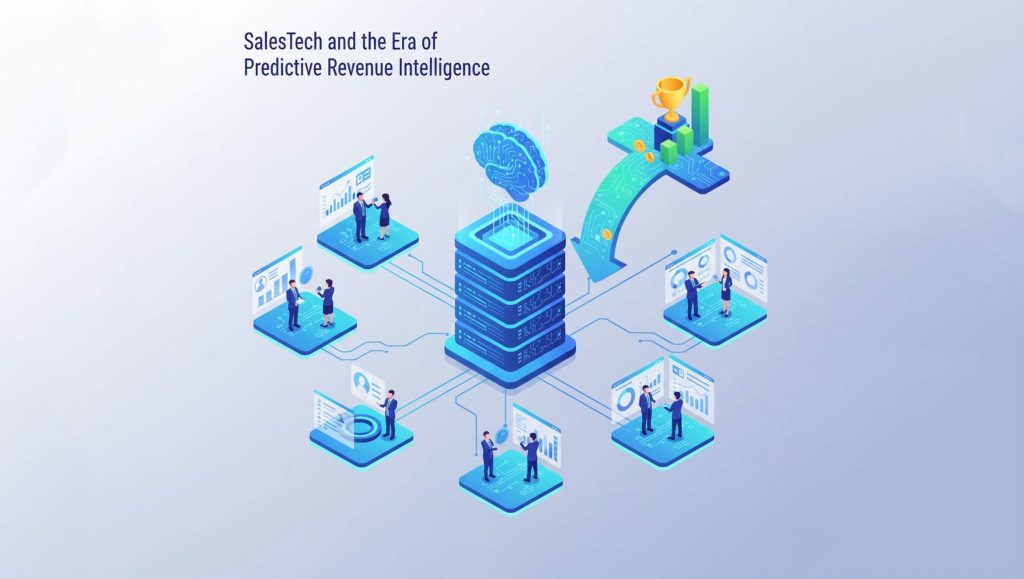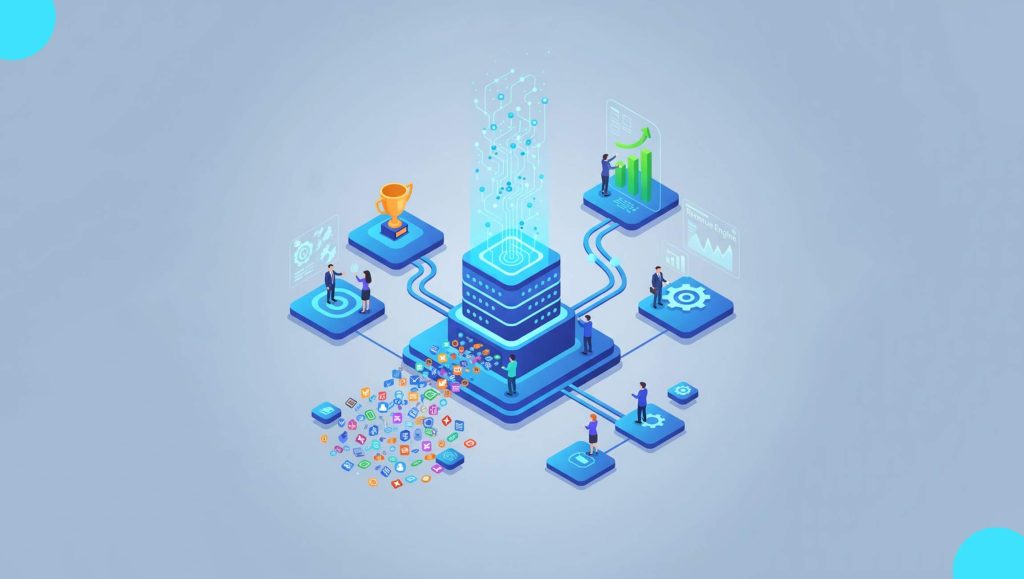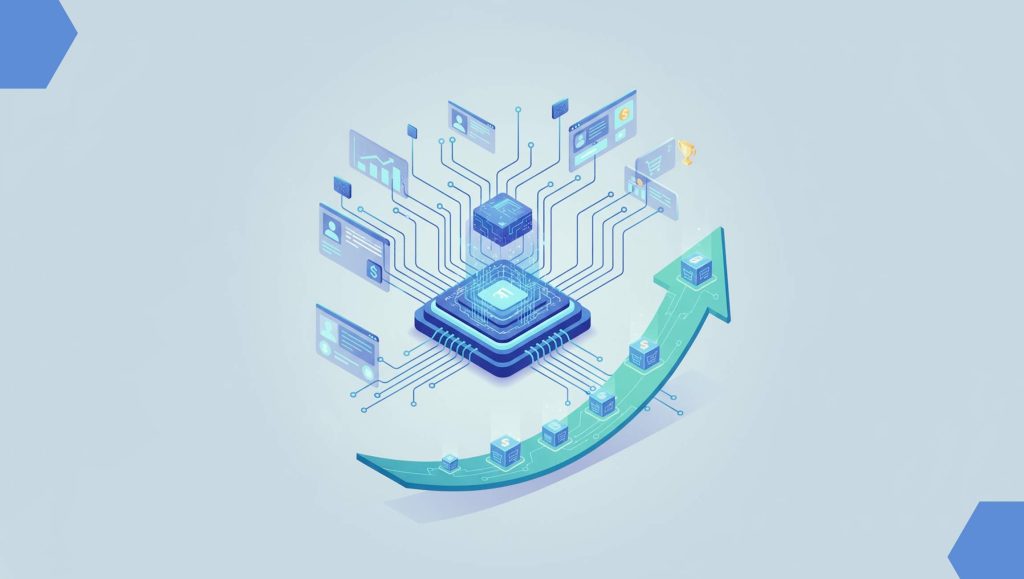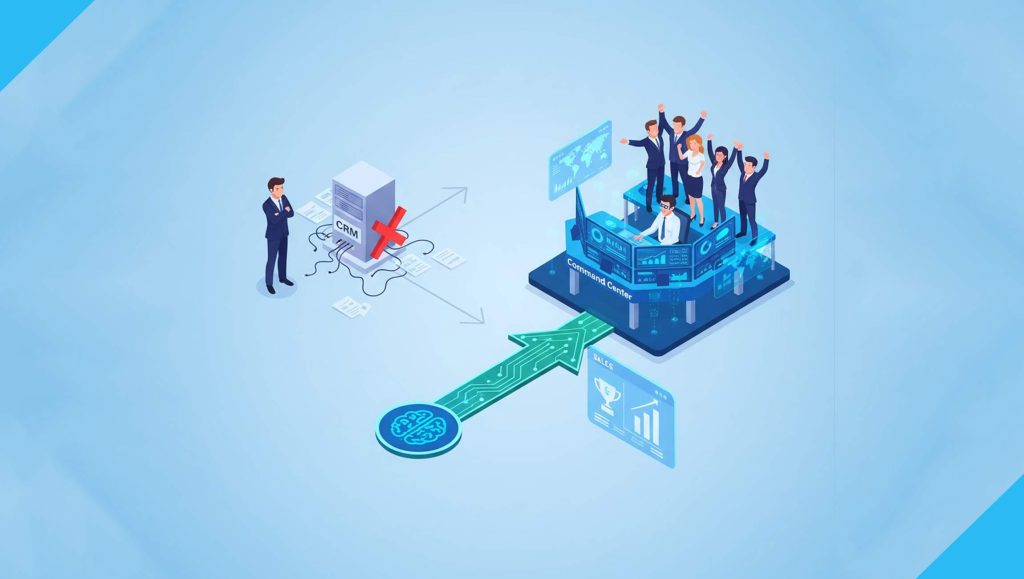The 2020 shift to remote work has many organizations adopting cloud technologies more quickly than ever to support work-from-home access to the workloads and applications that maintain productivity. But interestingly, the amount of customer data stored in the cloud hasn’t followed suit.
In fact, the 2021 Cloud Data Security Report found that only 44% of organizations stored customer data in the cloud in 2020, compared to 50% in 2019. The storage of non-sensitive data in the cloud is also down to 46% in 2020 from 57% in 2019. Why, with so much reliance on the benefits of the cloud during this unprecedented workforce shift, is stored data in the cloud on the decline? In a word: security.
Read More: SalesTechStar Interview With Michael Ouliel, CEO At BlackSwan Technologies
Costly Consequences
On average, organizations have experienced an average of 2.8 security incidents in the past 12 months. The majority of these were either phishing (40%), ransomware (24%) or accidental data leakage (17%) incidents. This risk was enough to raise the fear level to provoke changes in how customer data is retained.
What are companies most afraid of? Even though 49% of respondents say that the security incidents didn’t result in any serious consequence, 28% encountered unplanned expenses to fix security gaps, 11% had to pay compliance fines and 8% believe they lost their competitive edge.
For those that had a supply chain compromise, similar to the broad-sweeping SolarWinds breach, the impact was much greater. Over half (53%) realized compliance fines, 47% had a decrease in new sales, 29% faced lawsuits and 24% had a change in senior leadership as a result. Of those that suffered data theft by cybercriminals, 35% also said the incident caused them to lose their competitive edge or increased customer churn.
Incongruent Budgets
Yet, while the security risks are mounting following the pandemic, survey findings show the budgets to address them are not which could leave customer data a languishing target for cybercrime. Just 24% of organizations reported an increase in cybersecurity and cloud security budgets, with large organizations (30%) increasing investments more than medium (24%) and small (17%) companies. For 36% the spending stayed the same, but some of the priorities shifted, while for 21% both spending and priorities remained constant. For 11% cybersecurity and cloud security budgets decreased.
Where are the budget priorities being placed? The most popular cloud security controls that organizations already have in their arsenal are encryption (62%), auditing of user activity (58%) and employee training (58%). This remains consistent with findings in 2019.
Read More: SalesTechStar Interview With Paula Shannon, Chief Evangelist At Lilt
Other important technologies already being used to protect data in the cloud are multifactor authentication (58%), review of access rights (54%) and data classification (49). What is the least likely to be implemented? Cloud access security brokers were named by 40% as a technology that isn’t in the plan for implementation.
The Move to De-Cloud
As another option for preventing security risk, some organizations are removing sensitive data, including customer data, from the cloud. In 2019, nearly half (48%) of respondents had moved or planned to move sensitive data back on premises to improve their data security. In 2020, this has increased to 62%, and is even greater in large organizations (70%). This is likely not just a result of the growing security risks outlined above but may also be due to increasing difficulty in incident detection and response times for data theft and data leakage of cloud-stored data.
Leak Detection and Response Delays
For many security events effecting cloud-stored customer data, incident detection is fairly efficient. Phishing attacks (86%), ransomware events (86%) and targeted attacks on cloud infrastructure (83%) in specific were generally spotted in minutes or hours. Instances of data leakage on the other hand were far more problematic. Half (50%) of respondents needed days, weeks or even months to detect insider data theft. Accidentally leaked data took 61% of respondents up to days or weeks to spot. This is a critical gap when looking to properly secure customer information.
Detection and response rates are well aligned for data in the cloud. Like detection, it only took minutes or hours to respond to phishing attacks (82%), ransomware (65%), and targeted attacks on cloud infrastructure (68%). Yet, those pesky instances of insider data theft and hacker attacks took days, weeks or months to respond to for 43% and 40% of respondents, respectively.
These figures show that companies with customer data in the cloud are at risk without proper detection and response capabilities. Organizations must ensure that they can promptly identify unauthorized data access or data sharing to minimize the damage and reduce the cost – and risk impact – of data breaches on customer data.
The Power of Classification and Auditing
Two technologies have shown to have a significant impact on better protecting cloud data and should be considered for any customer data organizations store. Data classification and the auditing of user activity.
The use of data classification – or technology which classifies sensitive content such as financial data, medical records or other PII including customer records based on its level of risk – enabled organizations to resolve issues faster across five types of incidents: ransomware, data theft by insiders, data theft by hackers and accidental data leakage and data loss. In fact, of those that classify data, 74% resolved data loss in just minute or hours. This data classification technology can quickly reveal which incidents involve critical data and need urgent attention to recovery is much more effective.
The use of user activity auditing – or the monitoring and recording of user actions – also gave organizations the power to resolve issues faster across seven incident types: targeted attacks, ransomware, data theft by insiders, data theft by hackers, accidental data leakage, account compromise and data loss. In particular, 75% of respondents that audit user activity resolved targeted attacks on cloud infrastructure in just minutes or hours. For any organization retaining customer data in the cloud, this technology is a significant way to improve security posture.
Read More: Altran Collaborates With Qualcomm To Deliver 5G NR Software For Enhanced Public & Private 5G…
If there is one thing the global pandemic has taught us, it’s that use of the cloud isn’t going away. Instead, organizations simply need to be more vigilant when using it to retain, and protect, customer data. With the proper security measures in place, the cloud will remain a vital way to efficiently (and securely) store customer data and as confidence grows, data volumes retained in the cloud will once again be on the rise.
There’s A lot That will Inspire New Trends in B2B Sales and Marketing, Catch more from the Experts:

